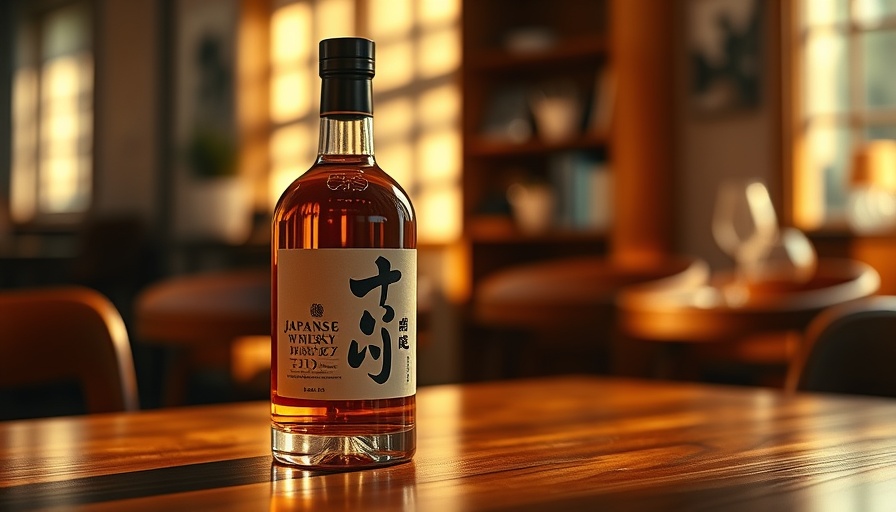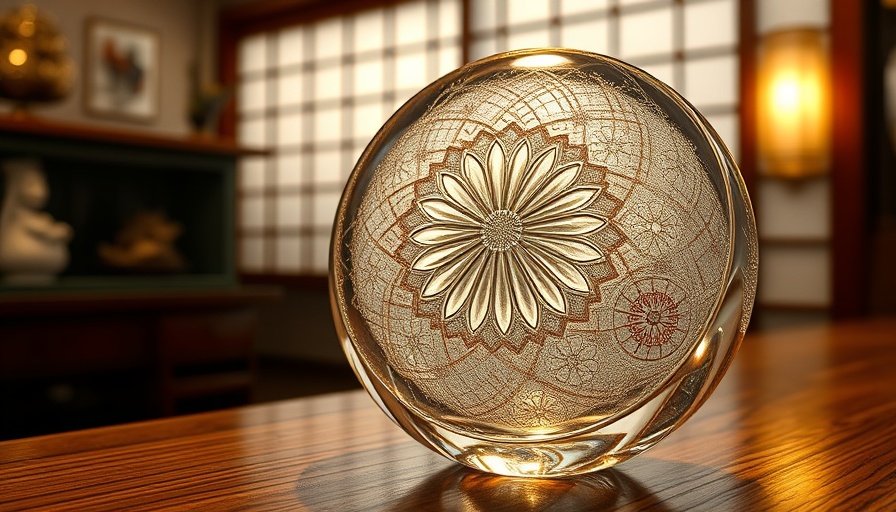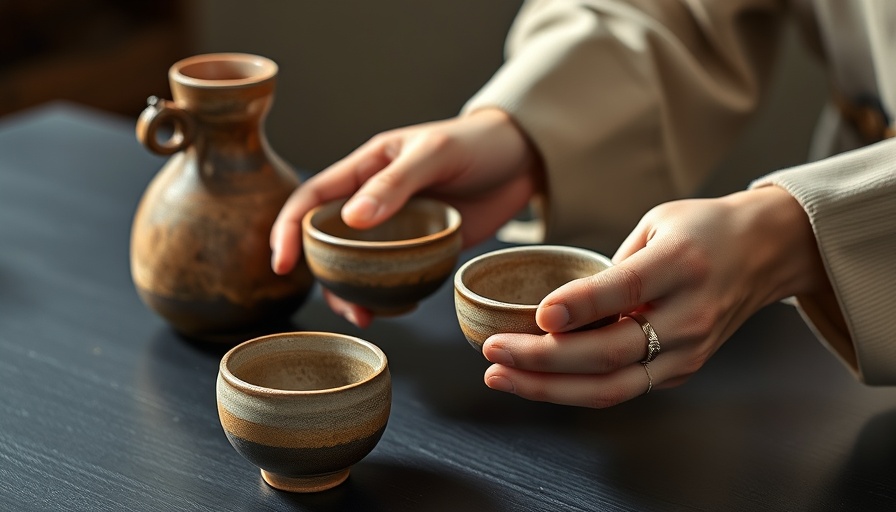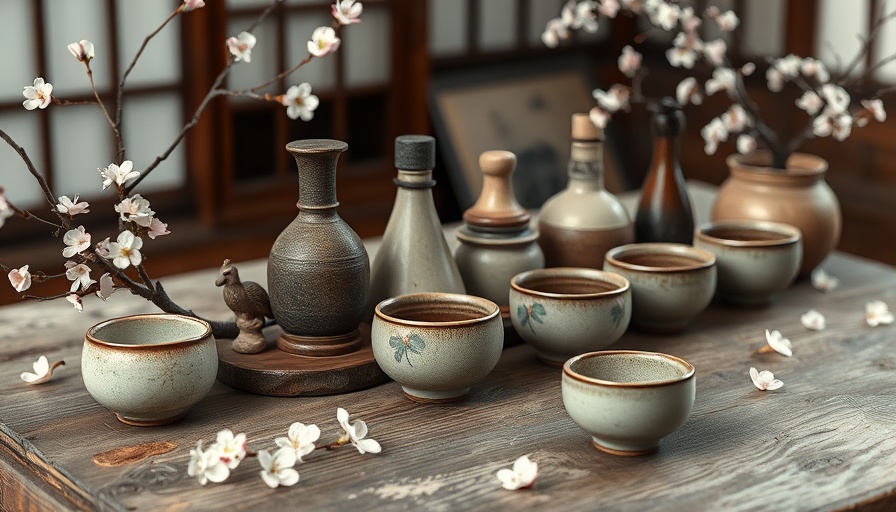
Uncovering the Art of Japanese Whisky: A Cultural Journey
Japanese whisky has transcended borders, becoming a celebrated choice among connoisseurs and casual drinkers alike. In this exploration of Suntory's prestigious offerings, we delve into the meticulous processes and rich cultural traditions that define this unique spirit. The delicate craftsmanship behind Japanese whisky parallels the thoughtful artistry found in Japanese cuisine, making it a fitting companion for celebrations or quiet evenings alike.
The Unique Characteristics of Suntory Whisky
Suntory, one of Japan's oldest distilleries, is renowned for its dedication to precision and quality. Unlike many Western whiskies, Suntory whiskies typically blend diverse malt and grain styles, creating a harmonious flavor profile. At the heart of this is the Yamazaki distillery, which uses pure water sourced from the nearby mountains and traditional pot stills to achieve its signature taste. This emphasis on natural ingredients not only upholds quality but also reflects a deep respect for local resources.
Celebrating Tradition and Innovation in Whisky Making
As Japanese whisky evolves, so does its approach. Traditional methods are married with innovative techniques, leading to distinct products such as the Hibiki, known for its complex and well-rounded flavors. This combination of old and new resonates with today's consumers who crave authenticity along with creative expression. Enthusiasts appreciate how Suntory has managed to preserve its heritage while adapting to contemporary whisky trends.
Social Connections: Whisky Pairings with Japanese Cuisine
The versatility of Japanese whisky positions it beautifully alongside classic dishes, enhancing the dining experience. Pairing Suntory whisky with sushi or yakitori creates a sensory delight, where each sip complements the umami flavors of the food. This connection between whisky and cuisine not only celebrates Japanese culture but also encourages exploration and appreciation across different culinary landscapes.
Future Trends: The Global Impact of Japanese Whisky
As global interest in Japanese whisky grows, it influences production methods and market dynamics. Distilleries are now experimenting with flavors and aging processes, catering to an increasingly adventurous palate. This shift opens up a dialogue about future trends in the whisky industry, even as it maintains a strong foothold in traditional practices. Consumers can look forward to innovative releases while staying connected to the esteemed legitimacy of Japanese whisky.
Final Thoughts: Why You Should Explore Japanese Whisky
Exploring Japanese whisky offers more than just tasting a fine spirit; it’s an invitation to engage with a rich cultural narrative. Whether you are a seasoned whisky enthusiast or a curious newcomer, choosing Suntory not only supports artisanal craftsmanship but also enriches your experiences. So, pour yourself a glass, savor the flavors, and discover the beauty woven into each drop of this remarkable whisky.
 Add Row
Add Row  Add
Add 




 Add Row
Add Row  Add
Add 

Write A Comment